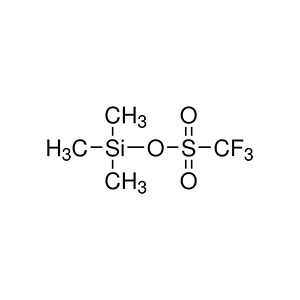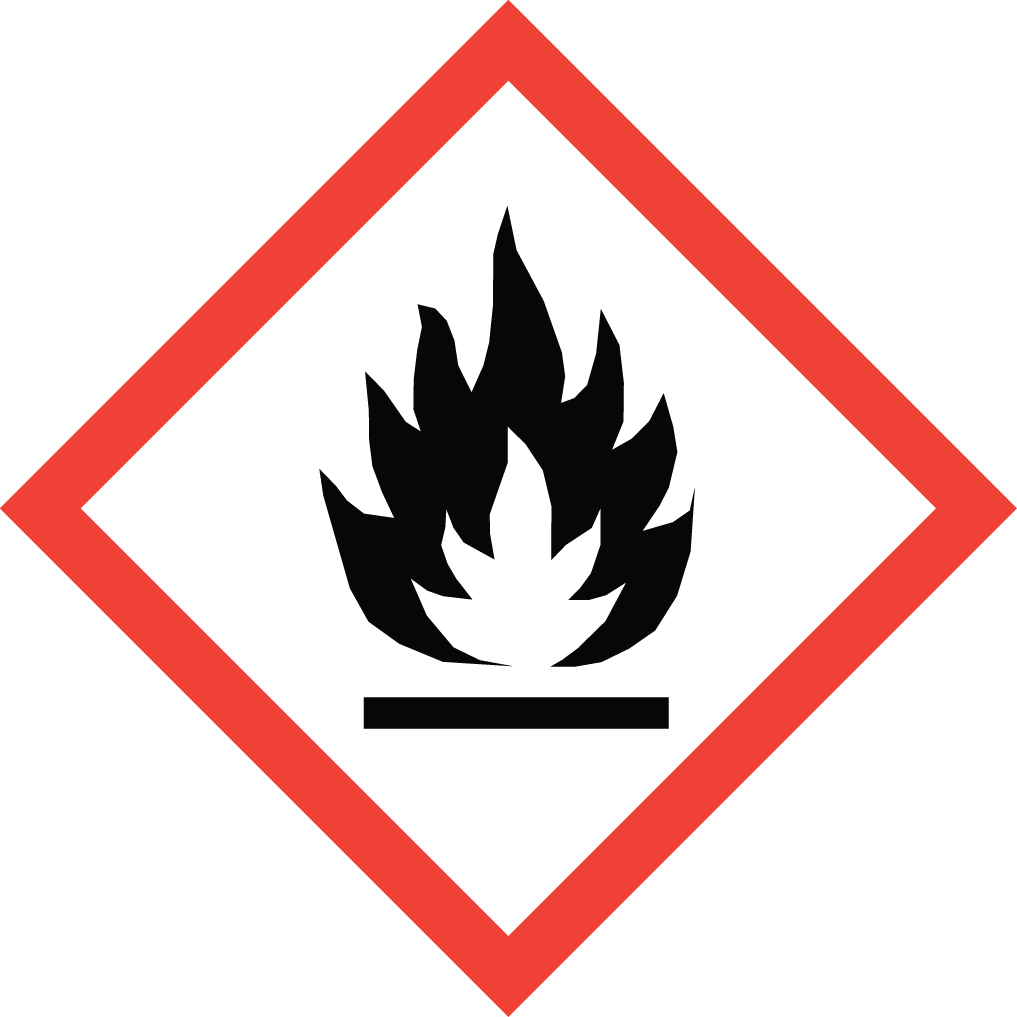Discover Aure Chemical's Premium Trimethylsilyl Triflate (TMSOTf, CAS 27607-77-8) Supply
Aure Chemical is a premier global supplier of high-quality Trimethylsilyl Triflate, universally known by its abbreviation TMSOTf. Identified by its CAS number 27607-77-8, TMSOTf is a colorless to pale yellow liquid renowned as a highly potent and versatile Lewis acid and electrophilic silylating agent. Its exceptional reactivity, coupled with the strong leaving group ability of the triflate anion, makes it an indispensable tool in modern organic synthesis. TMSOTf is widely utilized to activate various functional groups, catalyze challenging reactions, and introduce trimethylsilyl groups, thereby facilitating the creation of complex molecular structures. Its applications span across pharmaceutical synthesis, agrochemical development, polymer chemistry, and advanced materials research. Aure Chemical is committed to providing TMSOTf that meets stringent purity and performance requirements, ensuring consistent and reliable results for your most demanding industrial and research applications. Partner with us for a dependable supply of this critical chemical.
Basic Information of Trimethylsilyl Triflate
Trimethylsilyl Triflate (TMSOTf, CAS No. 27607-77-8) is meticulously produced and rigorously tested to meet stringent quality standards. We offer various grades to suit your specific application requirements:
| CAS No.: | 27607-77-8 |
|---|
| EC No.: | 248-565-4 |
|---|
| Linear Formula: | CF₃SO₃Si(CH₃)₃ |
|---|
| Molecular Weight: | 222.26 |
|---|
| Appearance: | Colorless to pale yellow liquid. |
|---|
| Melting Point: | 25°C |
|---|
| Boiling point: | 77 °C/80 mmHg (lit.) |
|---|
| Density: | 1.228 g/mL at 25 °C (lit.) |
|---|
| Solubility: | Miscible with many organic solvents (e.g., dichloromethane, diethyl ether, toluene); hydrolyzes in water. |
|---|
| Stability: | Hydrolytically sensitive; must be stored under anhydrous conditions. |
|---|
| Purity: | Available in high purity grades (e.g., 99% min) for sensitive catalytic and synthetic applications. |
|---|
| RIDADR: | UN 2920 8/PG 2 |
|---|
| Chemical Structure: |  |
|---|
Our commitment to delivering high-purity TMSOTf ensures a reliable and efficient component for your critical processes, offering consistent quality for diverse synthetic and industrial applications.
Primary Applications of Trimethylsilyl Triflate (TMSOTf)
Trimethylsilyl Triflate's unique combination of strong Lewis acidity and silylating ability makes it an invaluable reagent with significant applications in various advanced chemical processes:
Silylation Agent:
TMSOTf is an excellent reagent for introducing the trimethylsilyl (TMS) group into various molecules. This is particularly useful for:
Protecting Groups: Forms stable silyl ethers from alcohols, allowing for selective reactions at other sites.
Forming Enol Ethers/Silyl Enol Ethers: Reacts with ketones and aldehydes to form silyl enol ethers, which are versatile intermediates in aldol reactions, Michael additions, and other carbon-carbon bond forming reactions.
Lewis Acid Catalyst:
Its strong Lewis acidity makes TMSOTf a powerful catalyst for a wide range of organic transformations, including:
Glycosylation Reactions: Highly effective in promoting the formation of glycosidic bonds in carbohydrate chemistry, crucial for synthesizing complex oligosaccharides.
Aldol and Mukaiyama Aldol Reactions: Catalyzes the addition of enolates (or silyl enol ethers) to aldehydes and ketones.
Friedel-Crafts Reactions: Promotes alkylation and acylation reactions on aromatic compounds.
Rearrangements and Cyclization Reactions: Facilitates various complex molecular rearrangements and ring-forming reactions.
Activating Agent:
TMSOTf is used to activate various functional groups, transforming them into more reactive species. For example, it can activate alcohols and thiols for subsequent nucleophilic attack.
Pharmaceutical and Agrochemical Synthesis:
It is a critical reagent in the synthesis of complex active pharmaceutical ingredients (APIs) and agrochemicals, enabling challenging stereoselective reactions and the construction of intricate molecular architectures.
Polymer Chemistry:
TMSOTf can be employed as an initiator or catalyst in certain polymerization reactions, particularly those involving cationic polymerization, influencing polymer properties and molecular weight distribution.
Why Choose Aure Chemical for Your Trimethylsilyl Triflate (TMSOTf) Supply?
Aure Chemical is dedicated to providing superior chemical solutions and unparalleled customer support. By partnering with us for your TMSOTf requirements, you benefit from:
Exceptional Purity & Consistent Quality: Our Trimethylsilyl Triflate is manufactured to stringent purity specifications, crucial for achieving optimal and reproducible results in sensitive organic syntheses and demanding industrial processes.
Reliable Global Supply Chain: We maintain a robust and efficient global supply network, guaranteeing timely and secure delivery of this essential, moisture-sensitive chemical to your facilities worldwide, with specialized packaging and handling expertise.
Expert Technical Support: Our dedicated team of specialists is readily available to offer comprehensive guidance on product application, safe handling procedures, optimal storage, and usage in your specific chemical processes, ensuring maximum safety and efficiency.
Commitment to Quality & Responsible Stewardship: We adhere to the highest industry standards for quality management, environmental responsibility, and product stewardship across all our operations, ensuring peace of mind for our clients and sustainable sourcing practices.
Customized Solutions: We understand that different applications may require specific purity levels or formulations. We are open to discussing customized solutions to meet your exact requirements.
Choose Aure Chemical for a trustworthy and dependable supply of high-quality Trimethylsilyl Triflate (TMSOTf). We're ready to empower your most advanced chemical synthesis and research endeavors with an unwavering commitment to quality and excellence.
Hazards Classification
GHS Classification: Flammable Liquid (GHS02), Corrosive (GHS05)
Hazard Statements: Flammable liquid and vapor; causes severe skin burns and eye damage; may cause respiratory irritation.
UN Number: UN 2920
Hazard Class: 8 (Corrosive substances), 3 (Flammable Liquids)
Packing Group: II
 GHS02: Flammable
GHS02: Flammable GHS05: Corrosive
GHS05: Corrosive
